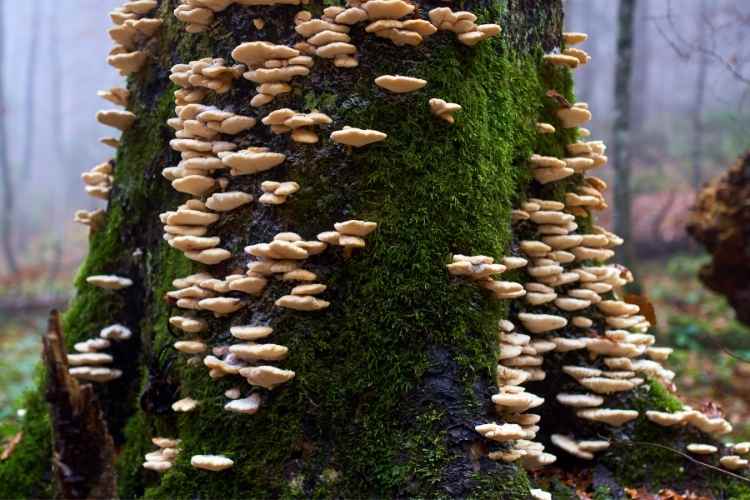In this blog we are going to tell you about Edible Tree Bark, so read this blog carefully to get the complete information.
Tree Bark is present in abundant quantities in many regions. But have you ever wondered if you can eat tree bark to survive? For instance, if you find yourself in a survival situation, can you eat tree bark? Also, as we know that trees have so many benefits, do tree bark also have? Continue reading the article to know if tree bark is edible or not along with other related information that can be beneficial for you.
Is Tree Bark edible?- Answer
Yes, most types of tree bark are edible. They are an excellent source of calories in survival situations. But there are certain tree barks which you should avoid as they are poisonous. Poisonous tree barks include Cherry, Pacific yew, or Eucalyptus trees. Moreover, tree bark is plentiful in different environments and is an easy source of calories. It can provide you with about 500 to 600 calories per pound which are quite nutritionally dense. The edible part of tree bark is Cambium which contains digestible starches, vitamins, minerals, and sugar along with an impressive amount of fiber that can help you keep moving.
Trees With Edible Tree Bark
Several trees have edible bark which is as follows:
- Pine Trees
They are evergreen coniferous trees that you can use as one of the most commonly harvested sources of tree bark. They are found in abundance in many environments. Also, you can easily identify them by their pine needles and pine cones.
- Slippery Elm
It is a hardwood tree that is known for its slippery inner bark. It is also called red elm, gray elm, or soft elm and is commonly found in North America. It has inner bark which is used for making medicine for treating illnesses that range from sore throats to hemorrhoids.
- Birch Trees
They are thin-leaved deciduous trees that are grown in temperate climates. Their bark can easily be identified by their thinness and is usually separated into paper plates with a color that differs by species. It is typically a bit sweeter and has a more favorable texture than other types of tree bark.
RELATED – How Old is Camilo in Encanto?: Get complete details here!
Trees With Inedible or Toxic Tree Bark
Certain trees have poisonous tree bark so you should never eat them. These trees include:
- Wild Cherry trees
These trees are toxic in all parts except the fruit which can be consumed only when it is ripe. Besides this, the tree bark, seed, and leaves of this tree contain cyanogenic glycosides. You can easily identify these trees through their bunch of white flowers and of course their fruit.
- Eucalyptus Trees
These trees encompass more than 700 species of tree that are found all around the world. It has a fragment oil smell that smells so nice but can cause illness when ingested. They have peeling bark that ranges from red to rainbow color so you can easily identify them through their fragrance.
- Pacific Yew Trees
These trees contain an alkaloid toxin that can cause cardiac problems. Consuming any part of this tree can be poisonous for both humans and animals. They can grow up to 30 feet in height and you can identify them by their thin scaly bark, different red berries, thin leaves, and seed cones.
The bottom line
So overall, you can consume tree bark from several trees which are mentioned above. But one thing that you need to remember is that certain tree barks are poisonous. And if you want to eat tree bark, then you have to first harvest it properly as you can eat only the inner layer of Cambium which is edible. We hope that you found this article helpful and it has cleared all your doubts and queries related to tree barks.
RELATED – How can I resolve Spectrum Reference Code Rlc-1002?
Conclusion
We Hope this blog is sufficient enough to provide the information about Edible Tree Bark. Thanks for reading this blog.
